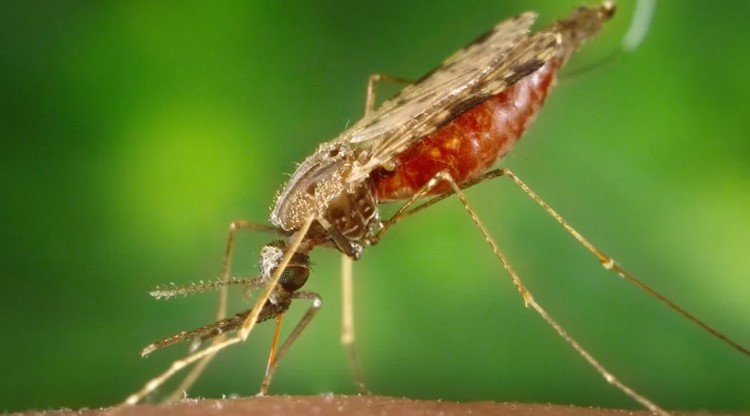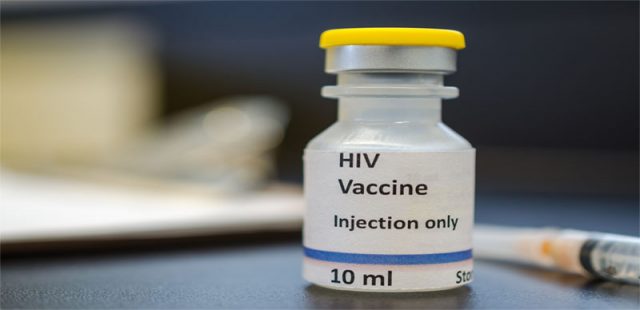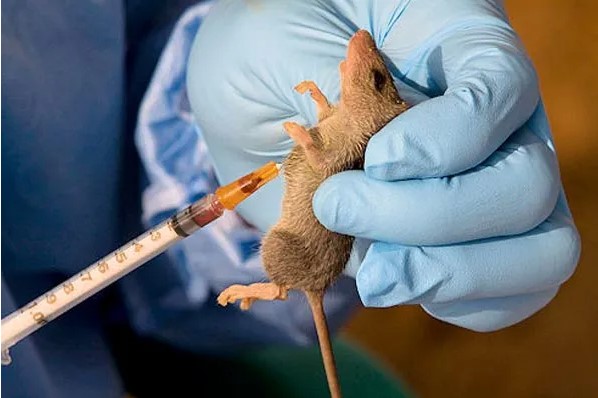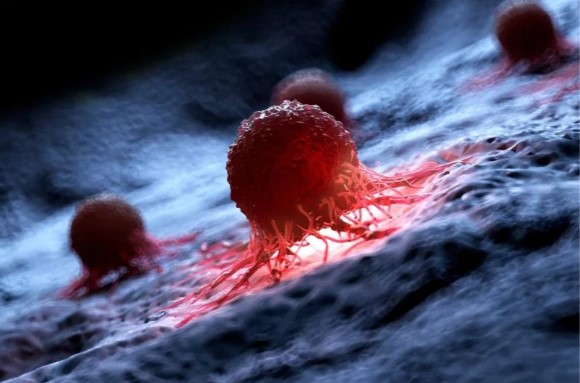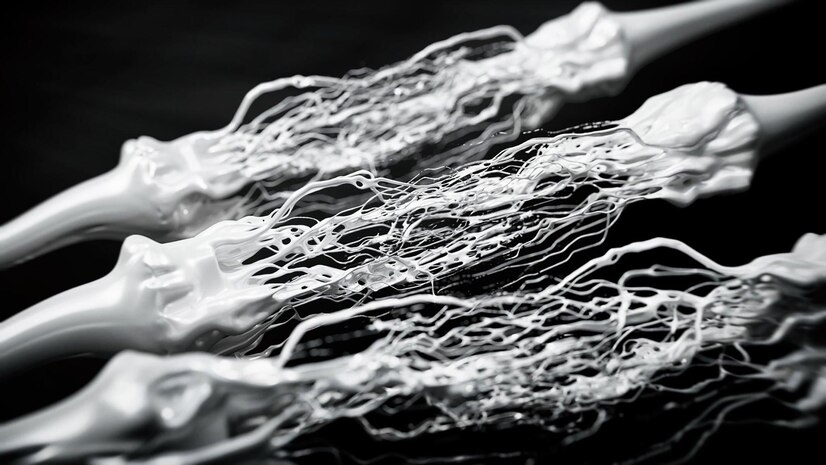Breakthrough Treatment Revives Neural Function in Neurodegenerative Diseases
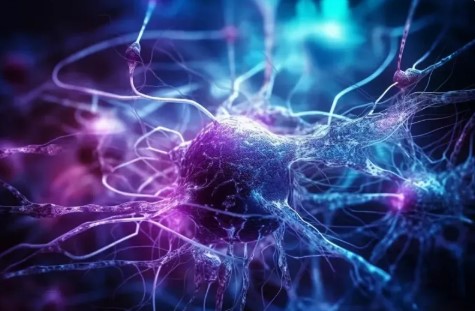
A novel minimally invasive, drug-free treatment for spinal muscle atrophy (SMA), an inherited neuromuscular condition, focuses on the underlying reason of the progressive loss of neuronal function. In individuals with SMA, an intervention that entails electrical stimulation of the sensory spinal nerves can enhance walking and leg muscle strength by progressively reawakening functionally quiet motor neurons in the spinal cord. Researchers from the University of Pittsburgh School of Medicine published their findings in Nature Medicine today.
According to preliminary findings from a pilot clinical research involving three human volunteers with SMA, all individuals, regardless of the severity of their symptoms, experienced improved strength and walking, decreased fatigue, and enhanced motoneuron function after one month of consistent neurostimulation sessions. In a human neurodegenerative condition, the study is the first to demonstrate that neurotechnology can be developed to restore cell function and reverse the degradation of brain circuits.
Co-corresponding author Marco Capogrosso, Ph.D., an assistant professor of neurosurgery at Pitt, stated, "To counteract neurodegeneration, we need two things -- stop neuron death and restore function of surviving neurons." "In this study we proposed an approach to treat the root cause of neural dysfunction, complementing existing neuroprotective treatments with a new approach that reverses nerve cell dysfunction."
According to preliminary findings from a pilot clinical research involving three human volunteers with SMA, all individuals, regardless of the severity of their symptoms, experienced improved strength and walking, decreased fatigue, and enhanced motoneuron function after one month of consistent neurostimulation sessions. In a human neurodegenerative condition, the study is the first to demonstrate that neurotechnology can be developed to restore cell function and reverse the degradation of brain circuits.
Co-corresponding author Marco Capogrosso, Ph.D., an assistant professor of neurosurgery at Pitt, stated, "To counteract neurodegeneration, we need two things -- stop neuron death and restore function of surviving neurons." "In this study we proposed an approach to treat the root cause of neural dysfunction, complementing existing neuroprotective treatments with a new approach that reverses nerve cell dysfunction."
Did you know? You can comment on this post! Just scroll down
Motor neurons, which are nerve cells that regulate movement by sending messages from the brain and spinal cord to the muscles, gradually die and become less functioning in SMA, a genetic neurodegenerative illness. The trial participants experienced difficulties walking, ascending stairs, and standing up from chairs, among other motor deficits, as a result of the increasing muscular weakness brought on by the loss of motor neurons.
Although SMA has no known cure, a number of encouraging neuroprotective therapies have emerged in the past ten years. These include drugs and gene replacement treatments, which both promote the synthesis of proteins that sustain motoneuron function, preventing neuronal death and slowing, but not reversing, the progression of disease.
Although SMA has no known cure, a number of encouraging neuroprotective therapies have emerged in the past ten years. These include drugs and gene replacement treatments, which both promote the synthesis of proteins that sustain motoneuron function, preventing neuronal death and slowing, but not reversing, the progression of disease.
Research indicates that movement impairments in SMA appear prior to extensive motoneuron death, indicating that underlying spinal nerve circuit malfunction may play a role in the initiation of the disease and the development of its symptoms. Co-author George Mentis, Ph.D., of Columbia University, has previously conducted studies on animal models of SMA and found that surviving motor neurons receive fewer stimulation inputs from sensory nerves, which are fibers that relay information from muscles and skin back to the central nervous system. Therefore, making up for this lack of neural feedback may help the muscles communicate with the nervous system, promote muscular action, and prevent muscle atrophy.
By increasing sensory inputs to the motor neurons and activating the deteriorated neural circuits, Pitt researchers postulated that a targeted epidural electrical stimulation therapy could restore lost nerve cell function. Functional gains in movement ability may result from these cellular alterations.
Three persons with Type 3 or Type 4 SMA, which are milder forms of the disease, were enrolled in a preliminary clinical trial that included the Pitt study. In order to direct the stimulation solely to sensory nerve roots, participants received two spinal cord stimulation (SCS) electrodes implanted in the lower back region on either side of the spinal cord during the course of a 29-day study period. Before the stimulation device was explained, testing took place five times a week for a total of 19 sessions, each lasting four hours.
Following confirmation that the stimulation was effective and activated spinal motor neurons, scientists conducted a series of experiments to assess motoneuron function, muscle strength and fatigue, gait alterations, range of motion, and walking distance.
Patients can not anticipate improving over time because SMA is a progressive illness. However, our investigation did not reveal that. During the four weeks of treatment, our study participants' daily living activities improved along with a number of clinical outcomes.
Patients can not anticipate improving over time because SMA is a progressive illness. However, our investigation did not reveal that. During the four weeks of treatment, our study participants' daily living activities improved along with a number of clinical outcomes.
Elvira Pirondini, Ph.D., co-corresponding author and assistant professor of physical medicine and rehabilitation at Pitt, said, "Toward the end of the study, one patient reported being able to walk from their home to the lab without getting tired."
In contrast to a mean improvement of 1.4 meters over three months of comparable exercise regimen unaided by SCS and a median increase of 20 meters after 15 months of SMA-specific neuroprotective pharmacologic therapy, all participants saw an increase of at least 20 meters in their 6-Minute Walk Test score, which measures muscle endurance and fatigue.
In contrast to a mean improvement of 1.4 meters over three months of comparable exercise regimen unaided by SCS and a median increase of 20 meters after 15 months of SMA-specific neuroprotective pharmacologic therapy, all participants saw an increase of at least 20 meters in their 6-Minute Walk Test score, which measures muscle endurance and fatigue.
Improved brain function, particularly an increase in motoneurons' ability to produce electrical impulses and send them to the muscles, reflected these functional advances.
Co-corresponding author Robert Friedlander, M.D., chair of neurosurgery at Pitt and co-director of the UPMC Neurological Institute, stated, "Our results suggest that this neurostimulation approach could be broadly applied to treat other neurodegenerative diseases beyond SMA, such as ALS or Huntington's disease, as long as appropriate cell targets are identified in the course of future research." "We are hoping to continue working with SMA patients and launch another clinical trial to test the long-term efficacy and safety of electrical spinal cord stimulation."
Co-corresponding author Robert Friedlander, M.D., chair of neurosurgery at Pitt and co-director of the UPMC Neurological Institute, stated, "Our results suggest that this neurostimulation approach could be broadly applied to treat other neurodegenerative diseases beyond SMA, such as ALS or Huntington's disease, as long as appropriate cell targets are identified in the course of future research." "We are hoping to continue working with SMA patients and launch another clinical trial to test the long-term efficacy and safety of electrical spinal cord stimulation."
This research was supported by an exploratory research grant from F. Hoffmann-La Roche. Genentech, Inc. (a member of the Roche Group) and the University of Pittsburgh hold rights to IP related to this study. Marco Capogrosso, Genis Prat-Ortega and Mikael Eliasson hold patent applications that relate to this work.
Article Posted 3 Months ago. You can post your own articles and it will be published for free.
No Registration is required! But we review before publishing! Click here to get started
One Favour Please! Subscribe To Our YouTube Channel!
468k
Cook Amazing Nigerian Dishes, Follow Adorable Kitchen YouTube Channel!
1.1m
Like us on Facebook, Follow on Twitter
React and Comment
Click Here To Hide More Posts Like This
Watch and Download Free Mobile Movies, Read entertainment news and reports, Download music and Upload your own For FREE.
Submit Your Content to be published for you FREE! We thrive on user-submitted content!
But we moderate!




